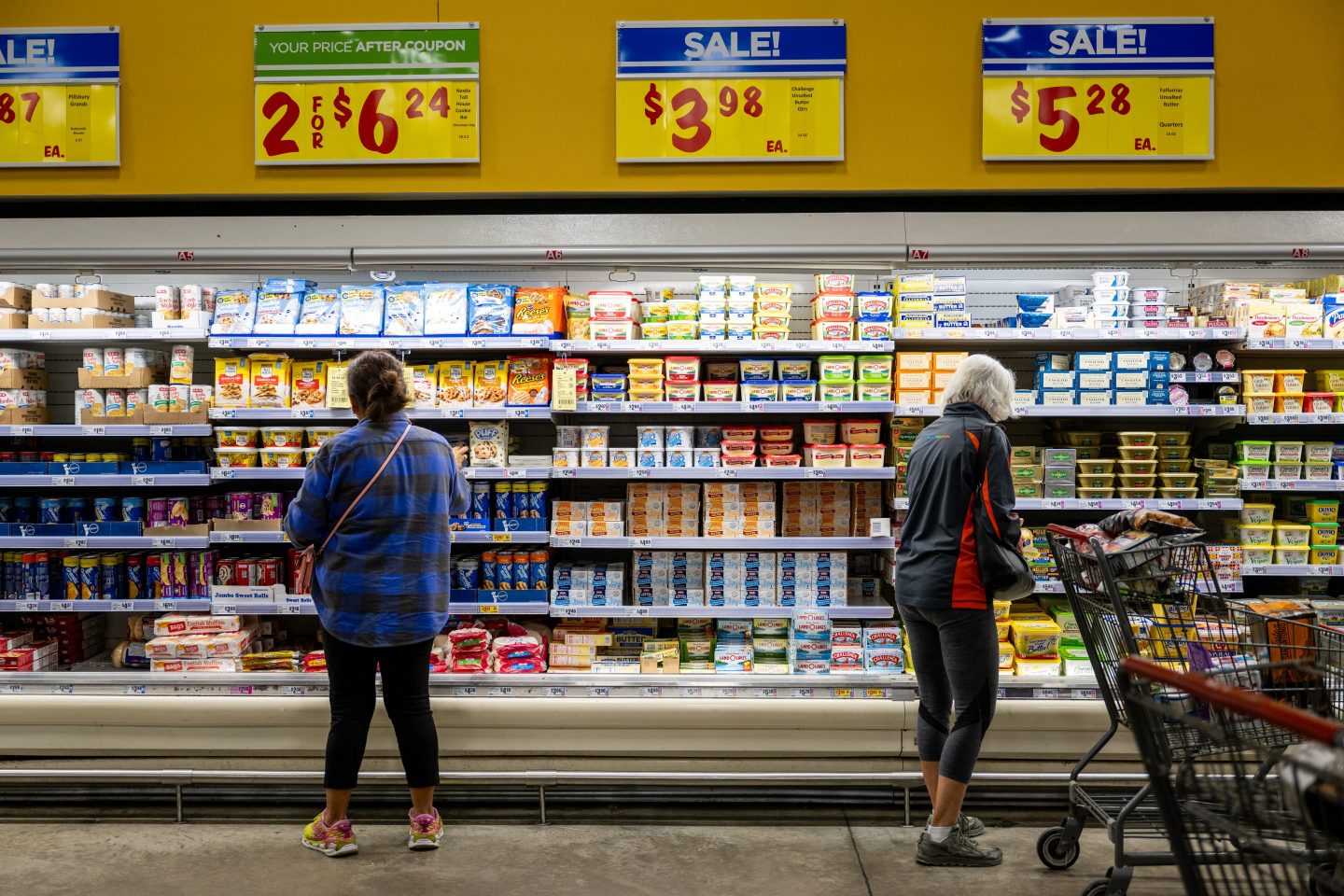Global fast-fashion giant Hennes & Mauritz’s use of the word sustainable to describe one of its summer collections is being questioned by a Norway consumer agency.
According to Ecotextile, the company has run afoul of the Norwegian Consumer Authority, which claims the brand’s Conscious collection misrepresents its “sustainability credentials” with “symbols, statements and colors.”
H&M describes the collection, including t-shirts, knit blouses, and shoulder-baring frocks, as “sustainable fashion pieces that make you both look and feel good.”
In Norway, companies must comply with the Marketing Control Act, which includes language to prevent them from making vague or false claims. It states that brands should be able to provide documentation “to substantiate factual claims made in marketing, including as to the properties or effect of products.” (A garment’s claims of eco-friendliness or sustainability are considered technical properties.)
Norway’s marketing act also bans misleading omissions. A marketing claim is considered misleading if it omits or hides information consumers need to make informed decisions, or the information is presented “in an unclear, unintelligible, ambiguous or unsuitable manner.” In other words, companies selling products in Norway can’t say their products are eco-friendly or sustainable without explaining how they’re eco-friendly or sustainable.
“Our opinion is that H&M [is] not being clear or specific enough in explaining how the clothes in the Conscious collection and their Conscious shop are more sustainable than other products they sell,” Bente Øverli, deputy director general at Norway’s Forbrukertilsynet, or Consumer Authority, told Quartz. “Since H&M [is] not giving the consumer precise information about why these clothes are labelled Conscious, we conclude that consumers are being given the impression that these products are more sustainable than they actually are.”
Contacted by Fortune for comment, H&M emphasized: “What the Norwegian Consumer Authority is looking into is whether the information we’re providing connected to our Conscious products is precise enough. They’re not looking into whether our products are sustainable or not.”
The Swedish company said it’s “pleased” the Norwegian agency wants “to work with us and help us provide correct and clear information to consumers.”
H&M’s sustainable marketing
While H&M doesn’t specify why its Conscious collection is sustainable, it does use marketing to describe the company’s sustainability goals.
On H&M’s U.S. website, a white, smocked camisole from its Conscious collection contains 99% polyester and 1% elastane. Under the “sustainability” tab on the product page, H&M describes a company-wide mission to use 100% recycled or “other sustainably sourced materials” by 2030. For”elastane,” a statement reads: “The fiber is made from oil which is a fossil resource. We are exploring the development of sustainable alternatives to conventional elastane, such as recycled elastane and bio-based elastane.”
Describing “polyester,” H&M advises: “Conventional polyester is a commonly used artificial fibre made from fossil resources (crude oil). We are constantly striving to increase our use of recycled polyester; a more sustainable option made from waste such as plastic (PET) bottles.” (There are no details whether the specific product, a white shirt, was made from recycled polyester or alternative elastane.)
Sustainable fashion facts
Fast-fashion companies such as H&M sell budget clothing and accessories on-trend. The environmental impact of cheap clothes, with customers buying more and with increased frequency, is huge.
According to Elizabeth Reichart and Deborah Drew at World Resources Institute, a global environmental think tank, “the average consumer bought 60% more clothes in 2014 than in 2000, but kept each garment for half as long.” It takes 2,700 gallons of water to make a single shirt, and making a pair of jeans” produces as much greenhouse gases as driving a car more than 80 miles.”
The WRI report also noted that because world economies are growing, there is increased demand for clothing, and clothing production has doubled in the past 15 years. The world GDP is expected to increase by 400% by 2050, which means demand for clothing will increase.
A New York University report showed that sustainability-marketed products accounted for 16.6% share of the consumer goods market in 2018, but delivered more than half of its growth. According to the 2019 Pulse of the Fashion Industry Report, 75% of consumers view sustainability as very or extremely important. Half of consumers said they would switch brands if another brand acts more environmentally and socially friendly than their preferred one.
But what does it mean for a company or product to be sustainable? There’s no simple answer.
“I don’t think for the sector there is a clear definition,” said Cynthia Cummis, director of Private Sector Climate Mitigation at WRI.
“There are lots of things a company could be doing, but I don’t think there’s a clear definition of what actions a company would need to take that, collectively, would make their products or company considered sustainable,” she said.
Among steps fashion companies can take toward sustainability: “They would need to be very transparent about what raw materials they use, and how efficient their processes are, and what kind of recycling practices they have in place for their materials,” Cummis said. “There’s lots of questions they would need to answer.”
More must-read stories from Fortune:
—Is Amazon’s new store for beauty professionals disrupting the industry?
—Old Navy’s Purple 4th and Belonging anniversary campaign
—Women’s World Cup player endorsements in the wings
—Big Gay Ice Cream growing from coast to coast
—Taco Bell’s newest limited-edition menu item: a hotel room
—Listen to our new audio briefing, Fortune500 Daily
Get Fortune’s RaceAhead newsletterfor sharp insights on corporate culture and diversity












